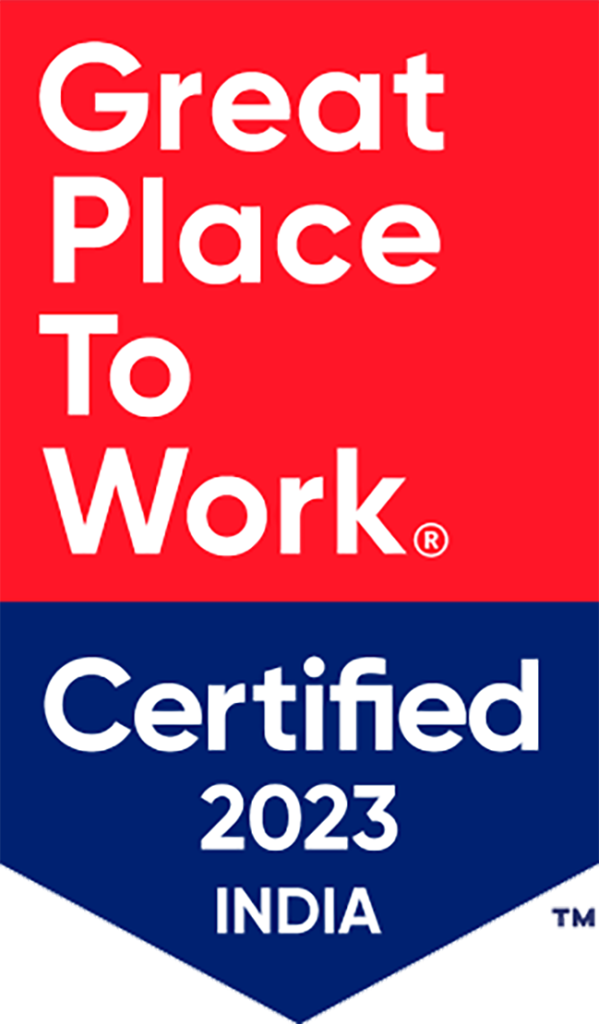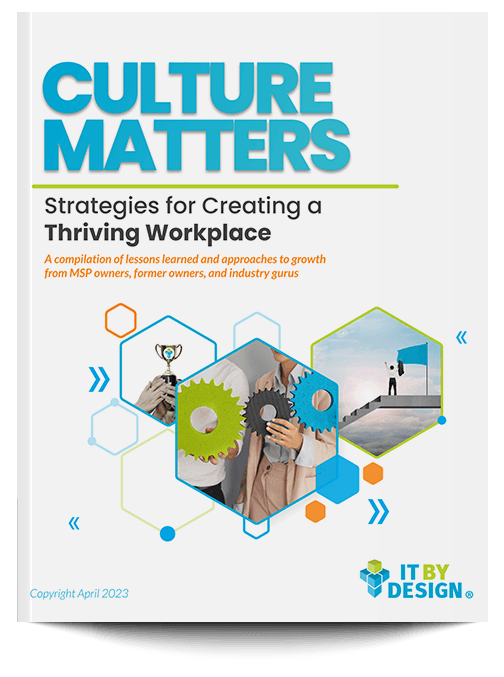Ever since the pandemic, workplaces worldwide have undergone a significant shift in how they operate—especially when it comes to hybrid, remote or fully in-office policies. But what matters more than if an employee is at the office, a coffee shop or at home is how efficiently they’re managed. According to recent Gallup research, how employees are managed has about four times as much influence on employee engagement and wellbeing as their work location.
In this new work environment, it is increasingly crucial for managed services providers to identify and cultivate emerging talent within their organizations. Here are three key strategies to nurture leadership potential without resorting to a repetitive hiring and firing cycle.
3 Key Strategies to Nurture Leadership
1. Individualized Approach to Development
The foundation of cultivating emerging talent lies in understanding individuals on a personal level. Recognizing that no two people are alike, it is essential for services providers to spend time learning about each employee—their likes, dislikes, motivations and areas of struggle. For instance, a new manager might thrive in one-on-one interactions with her team, while another may prefer a collaborative, group meeting setting. Attempting to enforce a one-size-fits-all leadership style can create tension and set individuals up for failure.
Acknowledging and embracing these differences allows organizations to tailor leadership development programs to the unique strengths and preferences of each individual. By doing so, companies can create an environment that encourages diverse leadership styles, ultimately contributing to a more effective and adaptable team.
2. Providing Resources with a Positive Approach
Leadership development often involves providing resources and opportunities for growth. However, it is essential to do so with a positive approach that encourages rather than discourages employees. While resources such as training programs and classes can be beneficial, it is crucial not to shame employees for utilizing them. Even seemingly innocuous comments or jokes can create a discouraging atmosphere that hinders the learning process. It is important to create an environment that actively discourages judgment or negative comments from co-workers. This involves encouraging a culture where continuous learning and professional development are celebrated rather than stigmatized.
At the same time, it is equally significant not to force employees into using these resources, recognizing that the applicability of such programs may vary among individuals. For example, offering a monthly lunch-and-learn that is optional but has the incentive of free food is a low-pressure way for employees to gather and hone their skills in a positive environment. By being open and supportive about continuous education, employees will feel encouraged to take advantage of learning resources without fear of judgment or negativity from their peers.
3. Results-Focused Open-Mindedness
In building leadership potential, it is critical to adopt an open-minded approach that prioritizes results over rigid methodologies. What works for one team may not necessarily work for another, and acknowledging this diversity is fundamental for success. While having company-wide expectations is entirely reasonable, managed services providers should avoid overly granular expectations that mandate identical goals and strategies across all departments.
Flexibility in management styles and a results-oriented mindset allow organizations to adapt to the unique challenges and opportunities within each team. This approach empowers emerging leaders to experiment with innovative solutions and develop strategies that align with their team’s specific dynamics. For example, a sales department that thrives on aggressive tactics and quick turnarounds is vastly different than a customer support team that excels in building long-term relationships and providing personalized experiences.
By allowing each department (or team) to operate with their own strategies, the company can maximize results in both areas and cater to the diverse needs of their clients. This flexibility promotes a sense of creativity and collaboration, ultimately leading to better overall business performance.
Guiding the Pathway to Success
For MSPs, the traditional route of hiring and onboarding new employees can be costly and risky. Instead, a strategic alternative is to identify and nurture leadership potential within their existing workforce. By investing time in understanding individual preferences, providing resources with a positive approach and establishing an open-minded, results-focused culture, organizations can create an environment that cultivates emerging leaders without the need for a repeated hiring and firing circle.
The lower risk and higher potential rewards associated with developing internal talent make it a wise investment for any business owner or HR professional. By recognizing and nurturing the leaders within, MSPs can position themselves for long-term success in an ever-evolving business landscape.
For more content like this, be sure to follow IT By Design on LinkedIn and YouTube, check out our on-demand learning platform, Build IT University, and be sure to register for Build IT LIVE, our 3-day education focused conference, September 9-11, 2024 in Orlando, FL!







